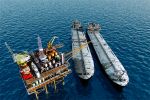
A commonly used analysis for reporting fuel properties; may be on a dry (moisture free) basis, as "fired", or on an ash and moisture free basis. Fractions usually reported include: volatile matter, fixed carbon, moisture, ash, and heating value (higher he ...

